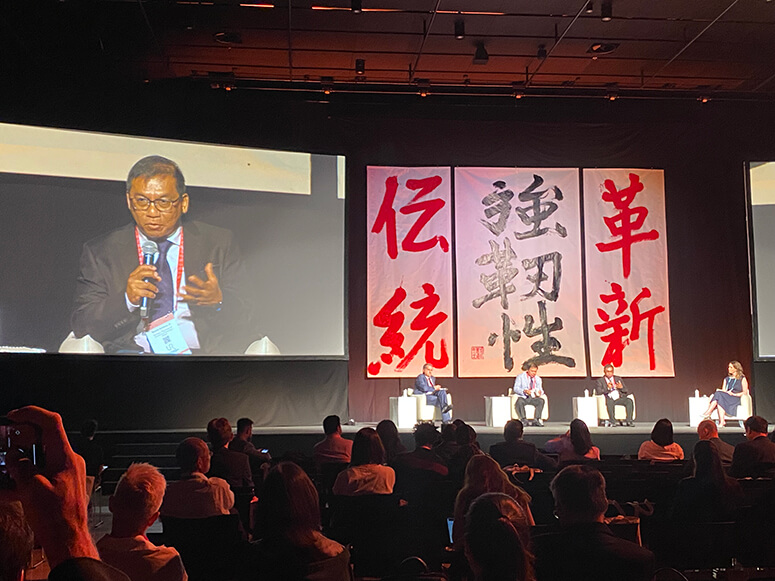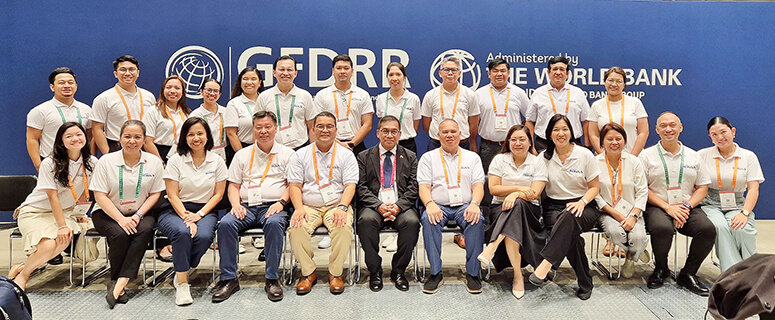Not too long ago, Japan issued its first-ever alert on a possible megaquake of over Magnitude 9 along the Nankai Trough. While the alert did not mean that the quake will actually happen, it brought to light the urgent need for its government and citizenry to be prepared for the coming of a major one.
On August 1976, the Moro Gulf magnitude 8.1 earthquake caused the death of over 8,000, injured about 10,000 and causing more than 90,000 homeless. Meanwhile, 34 years ago in July, a magnitude 7.8 earthquake shook Luzon, created over a hundred kilometer long ground rupture, swamp of destruction and damages to homes, buildings, public infrastructure and facilities, claimed over 2,400 lives and affected over a million and a quarter people. Eleven months after, in 1991, the not so distant Mt. Pinatubo located southwest of the earthquake’s epicenter awaken and brought havoc to areas near and far, with deaths of nearly 850 persons and losses of above 12 billion pesos and countless foregone businesses.
Vivid in the minds of our own millennials and Gen Zs are similar major earthquakes and tsunamis that had taken place in our country. For those who were affected, recalling these events brought fears and recurring nightmares. Through the years however, a sense of responsibility among disaster risk management experts and practitioners have surfaced to reduce the impact of potential disasters through the understanding of the threats these events bring by sharing experience and lessons learned, and developing prevention measures.
Understanding Risk (UR)
Started in 2010 by a handful of founding partners, the community had grown to over 13,000 representing government and the private sector, non-government, civil society, community-based and multilateral organizations, academia and research institutions, among others, recognized the need to identify, assess, communicate and exchange information and practices to understand the associated risk and share solutions to address them.

Last June, over 1,500 participants from 135 countries attended the plenary sessions and more than a hundred technical sessions of the Understanding Risk Global Forum 2024 (UR24), discussed initiatives, experiences, best practices and deepened their knowledge of disaster risk, management and reconstruction in historic Himeji, Hyogo Prefecture, Japan, approximately 60 kilometers away from the epicenter of the 1995 Great Hanshin earthquake.
The Philippine delegation, headed by Dr. Renato Solidum, Jr,. Secretary of the Department of Science and Technology (DOST), participated as Plenary and resource speakers, presenters, discussants and panelists in the World Bank’s Global Facility for Disaster Reduction and Recovery (GFDRR) and Tokyo Disaster Risk Management Hub co-organized forum.

In addition, the delegation was able to interact with the representatives from the WB, GFDRR and host government who have supported numerous Philippine disaster risk management (DRM) programs, projects and initiatives such as, but not limited to, Development Policy Loan with Catastrophe Deferred Drawdown Option (Cat DDO); PlanSmart Ready to ReBuild Program; PlanSmart for Safe Schools; PlanSmart for Sustainable Human Settlements; Philippine Seismic Risk Reduction and Resilience Project; Infrastructure for Safer and Resilient Schools Project; Sustainable Inclusive and Resilient Tourism Project; and post-disaster/conflict recovery support, strategies, framework, communication, manuals, and reports.
Among the topics covered in the forum were inter-sectoral data gathering, sharing and joint initiatives; disaster event analysis, preparedness and response learnings; multi-hazard risk assessment and reconstruction; risk insurance and financing; and building resilience for a sustainable future. Workshops were also organized to allow participants to interact with fellow attendees, while site visits to earthquake preservation museum, different command and operation centers, and schools designed to withstand floods and landslides, etc.
This enriching experience of the UR24 participants will undoubtedly provide them with the “tools” needed to develop resilience among the community of nations through their added vigor to lessen damages and casualties that may befall future disasters.
* * *
Henry L. Yap is an Architect, Fellow of both Environmental Planning and Real Estate Management, and one of the Undersecretaries of the Department of Human Settlements and Urban Development.
